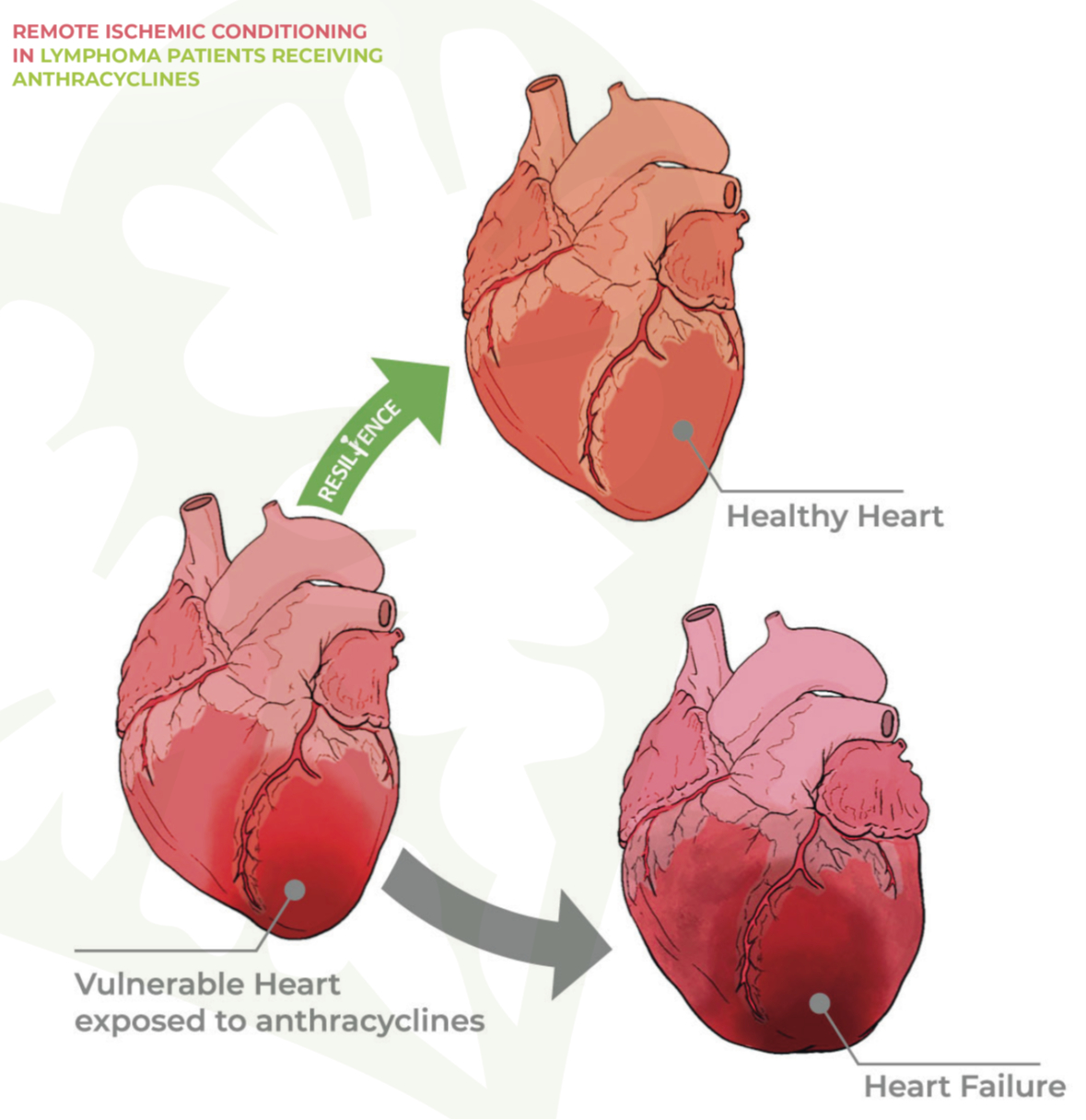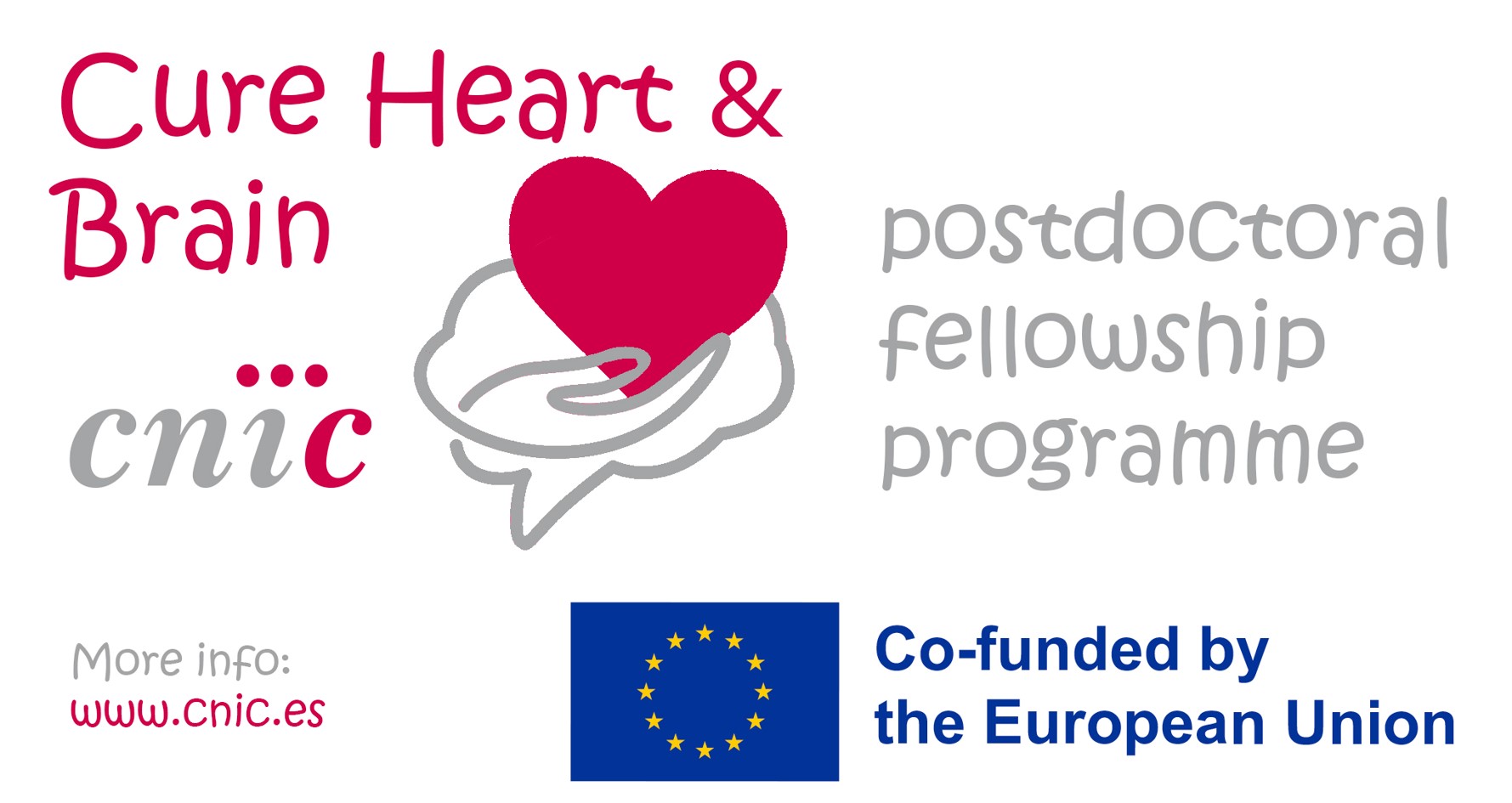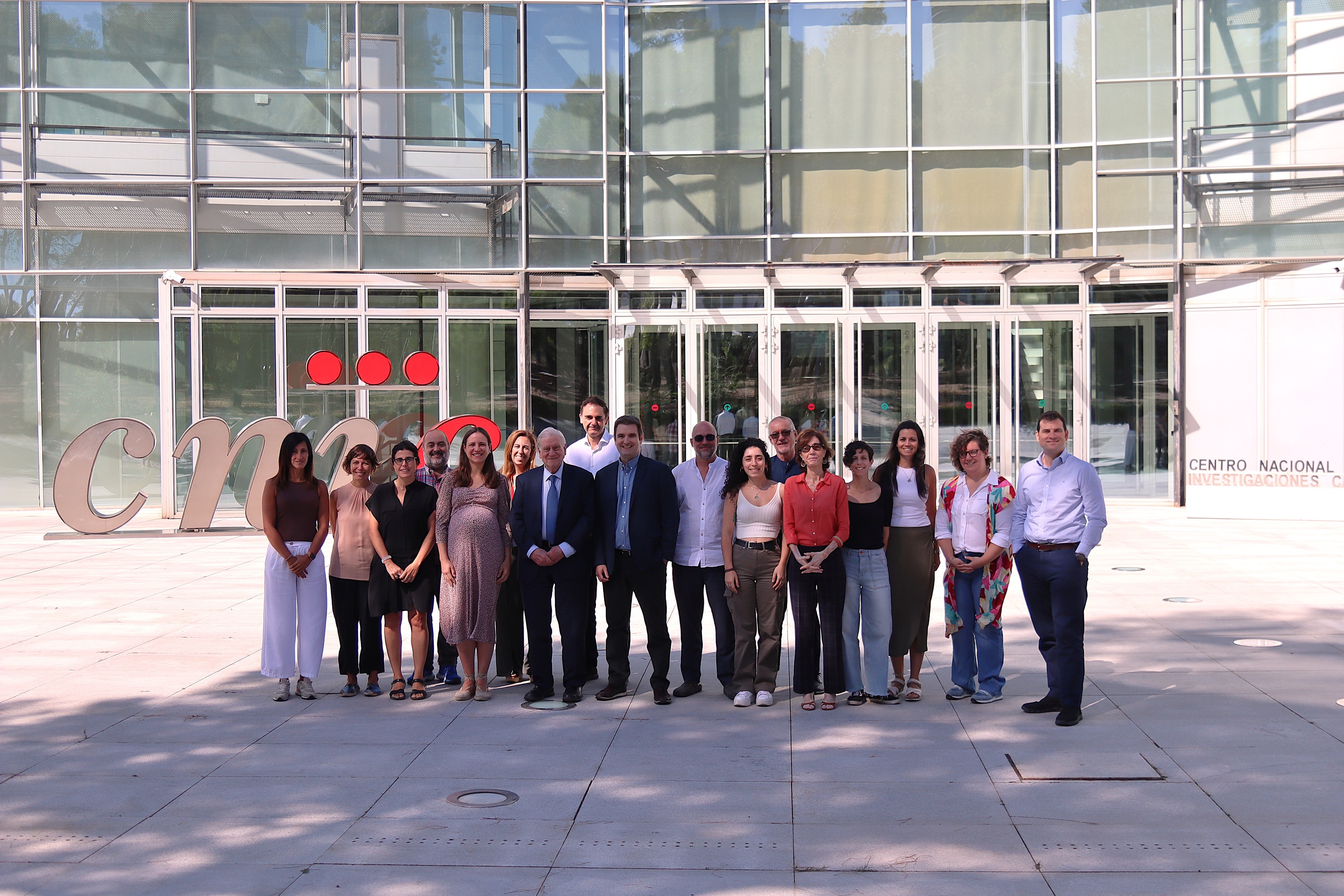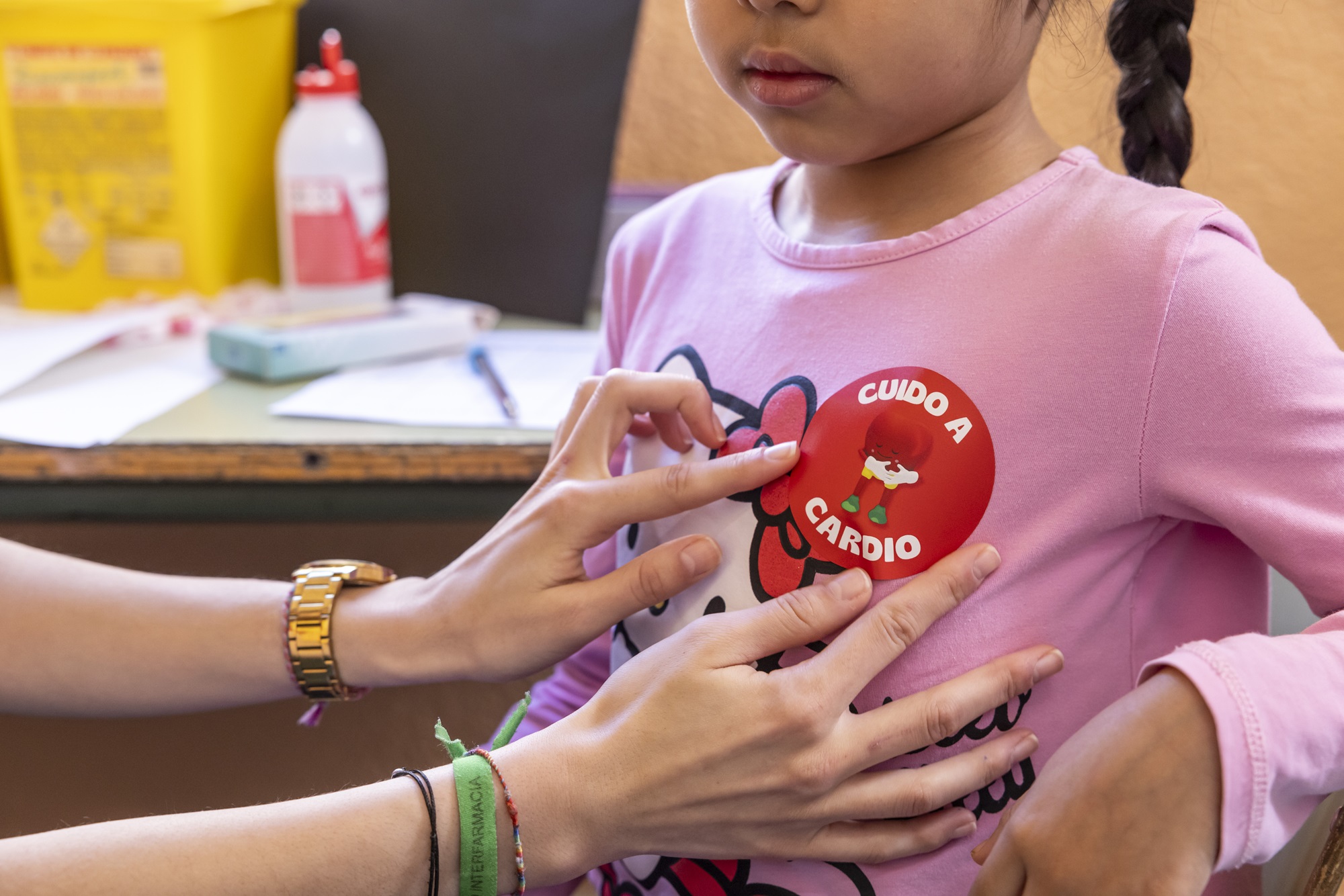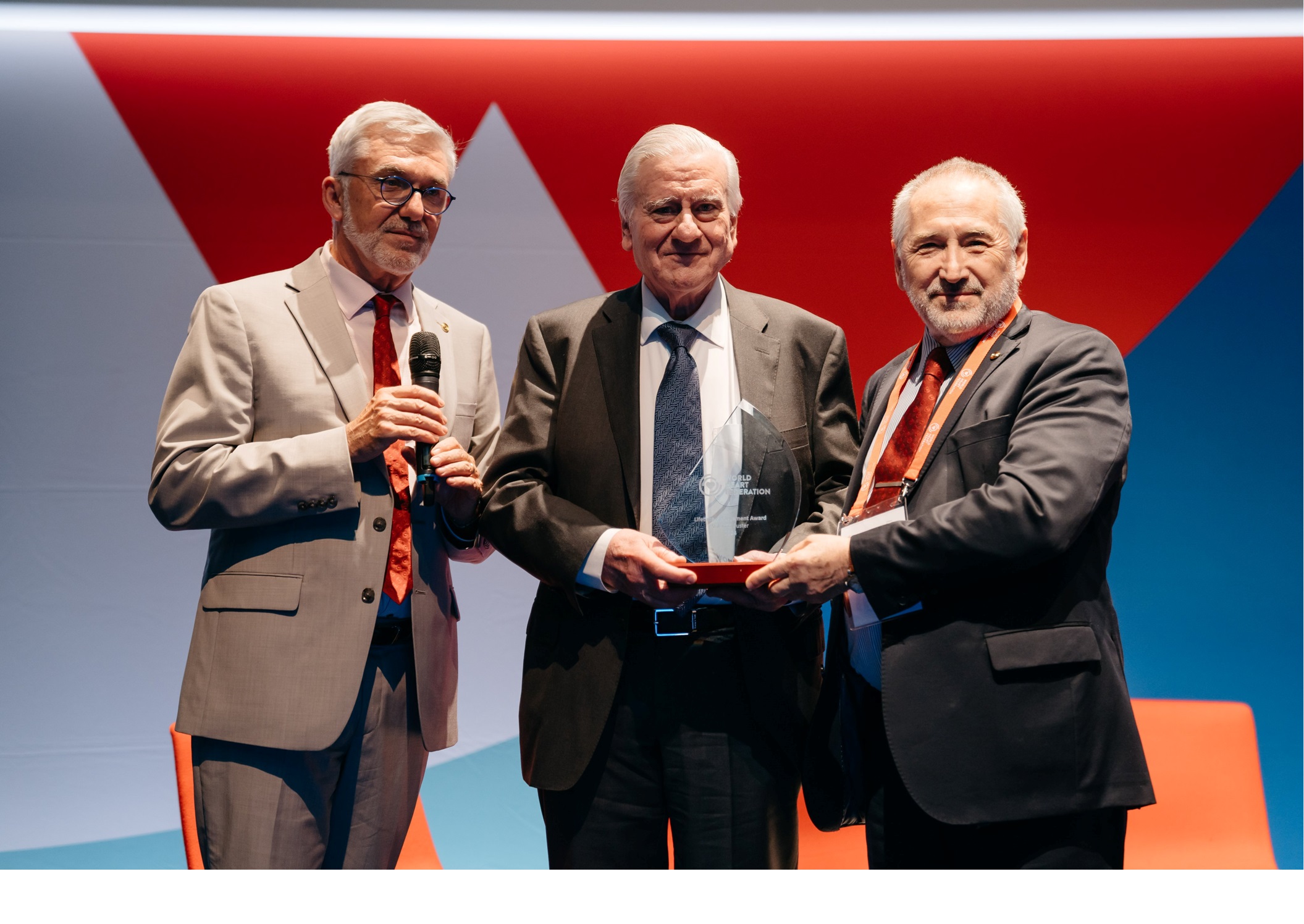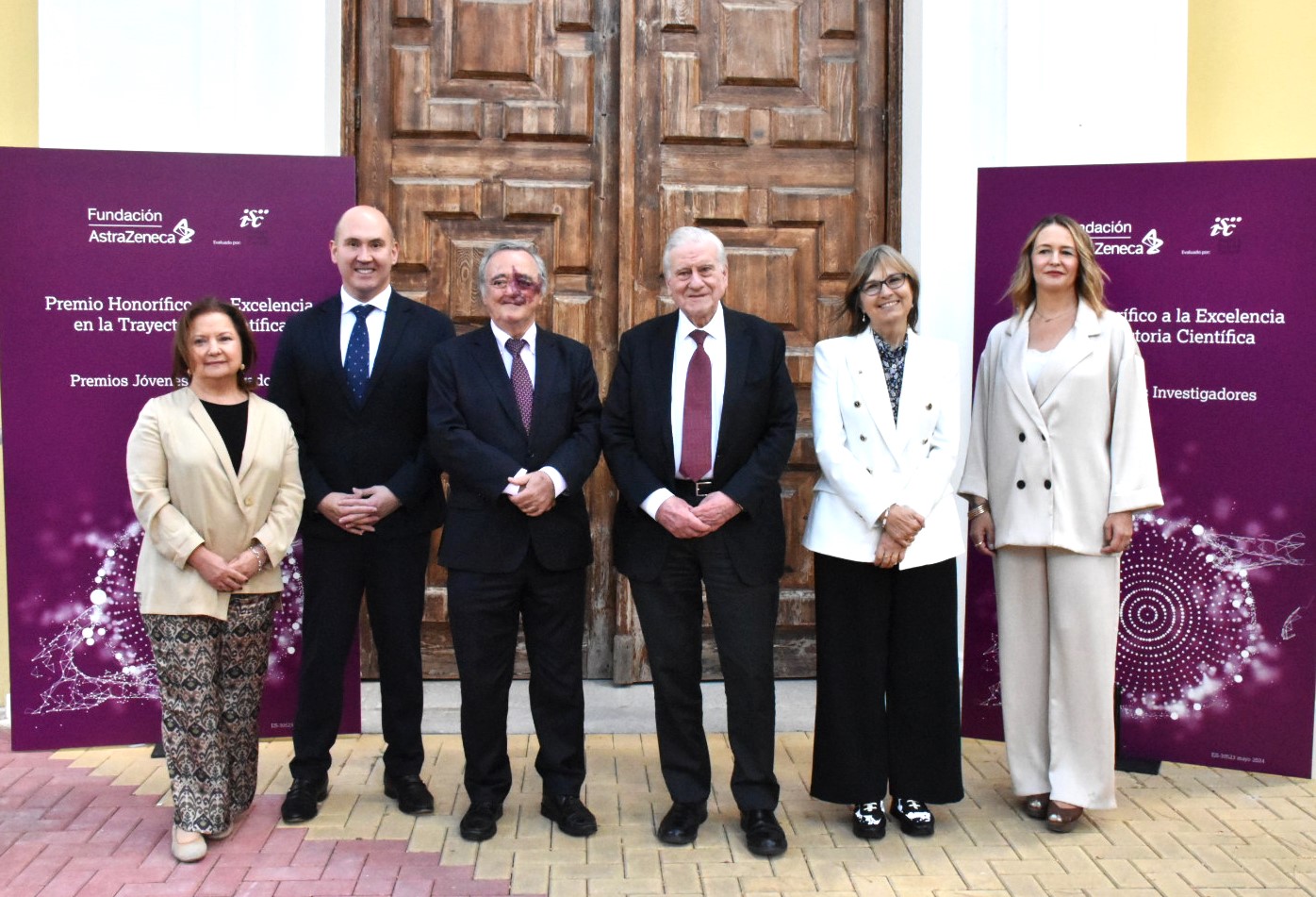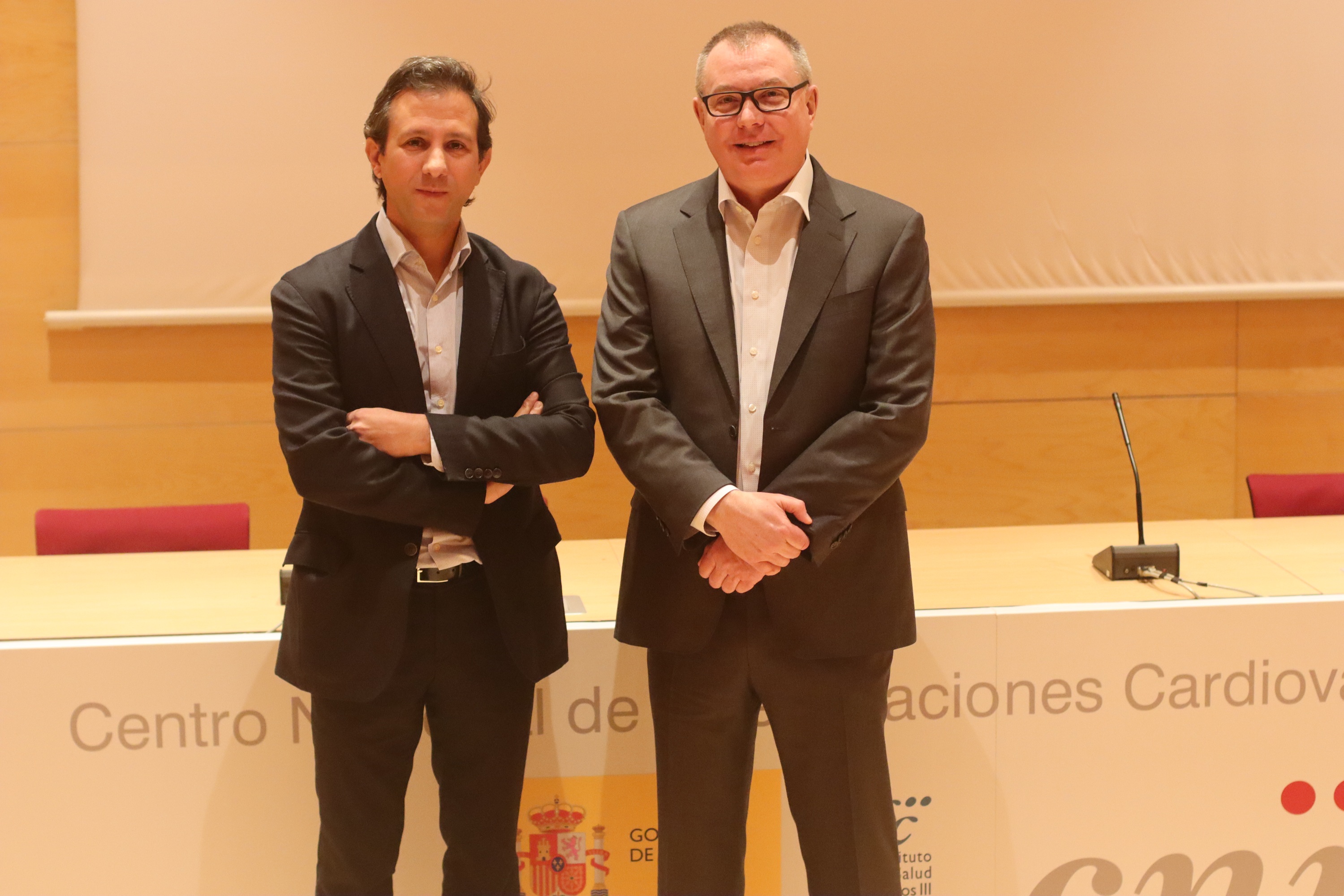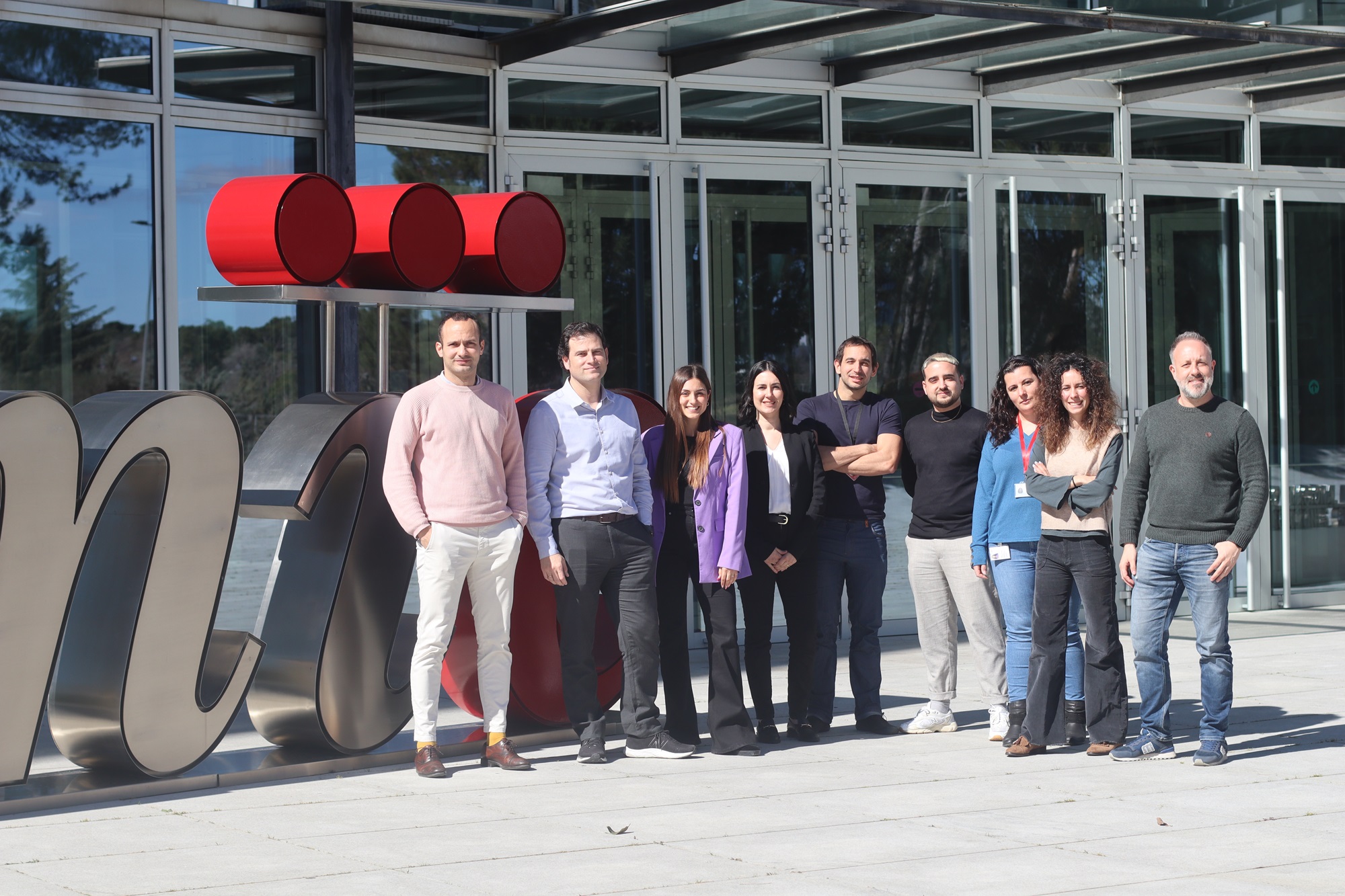News search
|
Research 13 Sep 2024 RESILIENCE is a clinical trial funded by the European Commission (H2020 Programme) that aims to reduce the prevalence of heart failure in cancer survivors |
|
Research 30 Aug 2024 Two studies carried out at the CNIC provide key information about a newly identified cardiovascular risk factor, clonal hematopoiesis, and its treatment with the ancient medication colchicine |
|
Research 29 Jul 2024 A study by the CNIC and Fundación SHE, supported by “la Caixa” Foundation, demonstrates that schools are a crucial environment for health promotion in children |
|
Research 4 Jun 2024 Stroke Branch Chief at the National Institute of Neurological Disorders and Stroke (NINDS) |
|
About the CNIC 27 May 2024 |
|
About the CNIC 17 May 2024 |
|
About the CNIC 15 May 2024 Globally, cardiovascular diseases due to atherosclerosis – the build-up of plaque in arteries – are the leading cause of death. A new Danish-Spanish research collaboration aims to develop methods to detect atherosclerosis at earlier ages and encourage prevention. Denmark’s Novo Nordisk Foundation has granted up to EUR 23 million to cover the first 2.5 years of the REACT initiative. The initiative is expected to run for 8 years in total |
|
Research 16 Apr 2024 The study, published in the journal JACC: CardioOncology, identifies mitochondrial function and heart metabolism as targets for possible treatments to protect against anthracycline-induced cardiotoxicity |
- ‹ previous
- 3 of 12
- next ›
